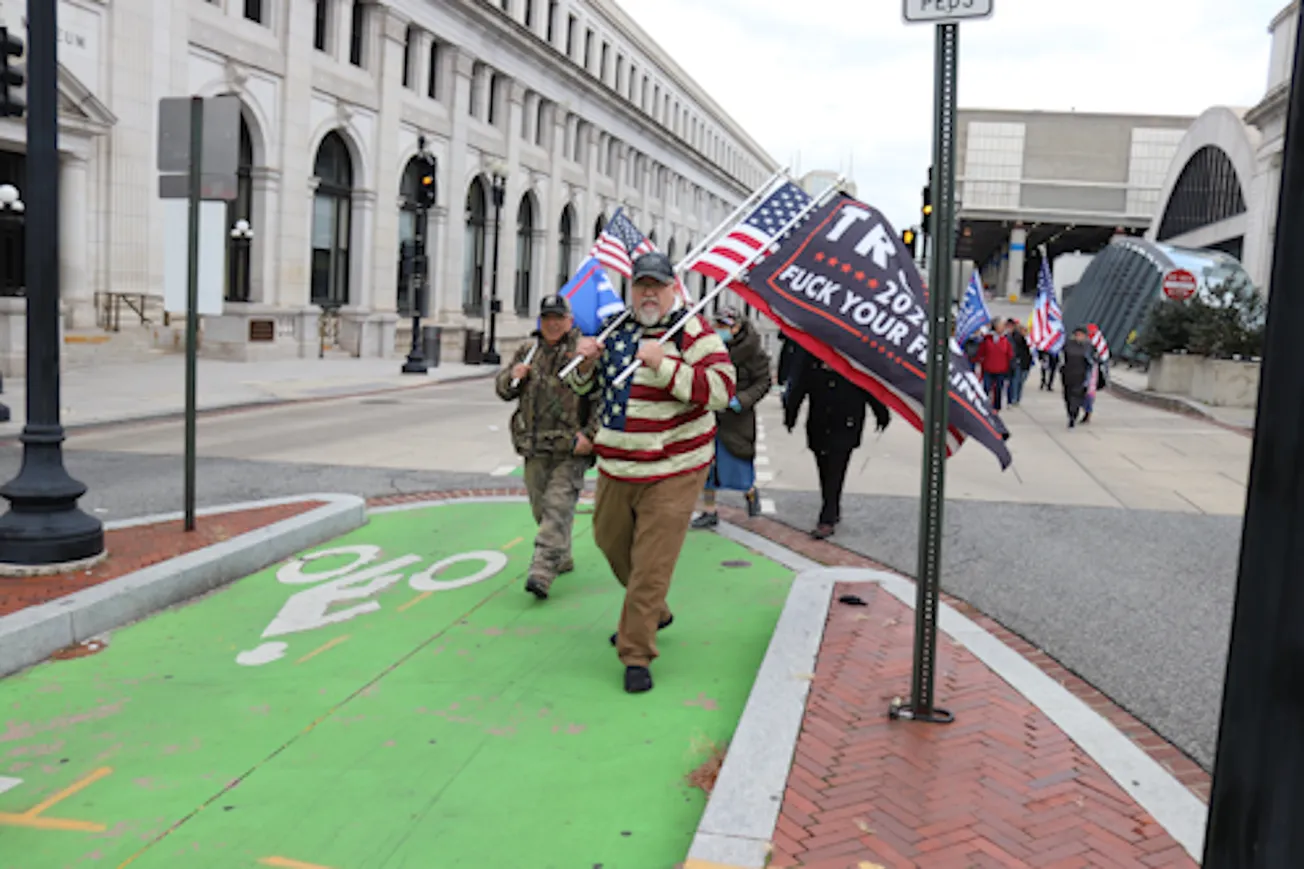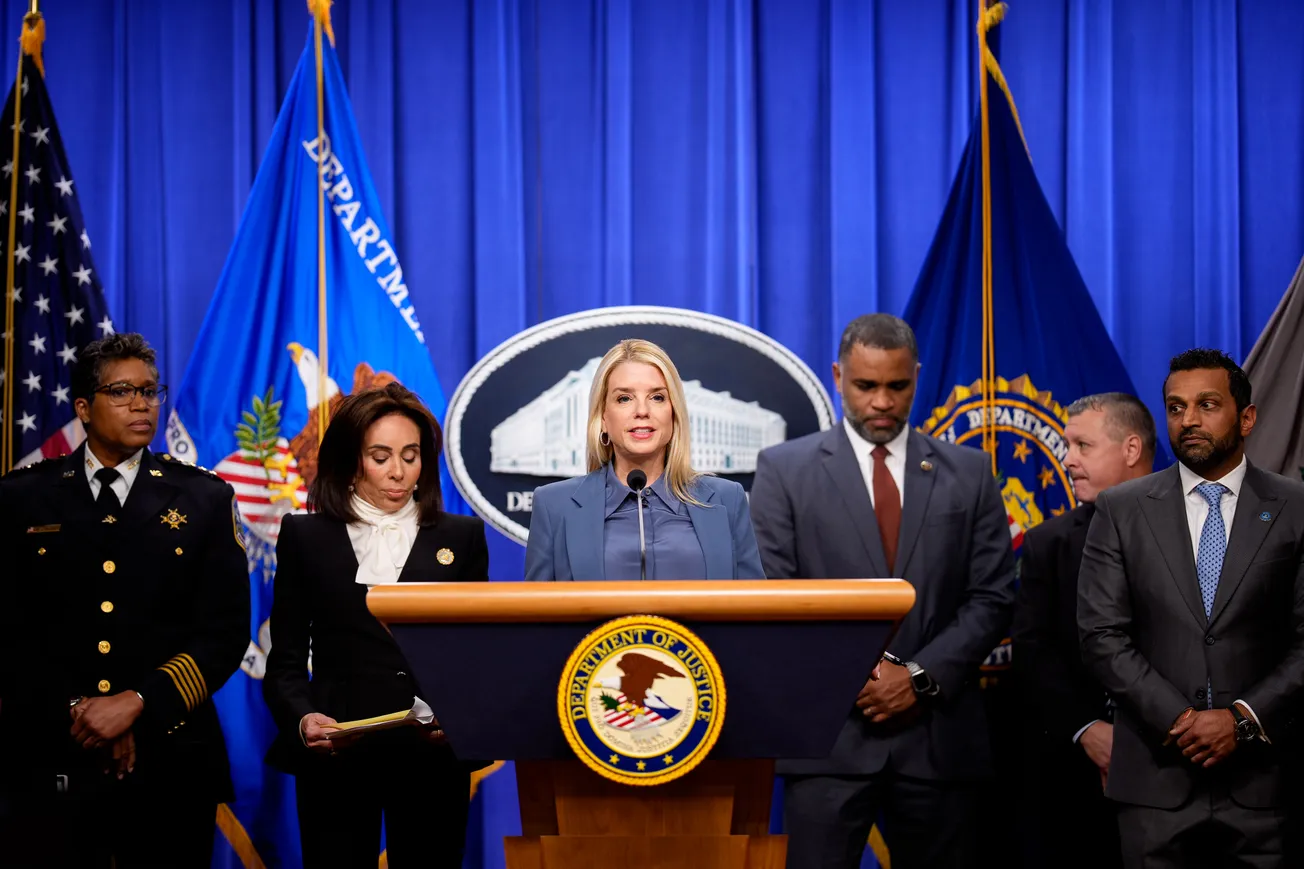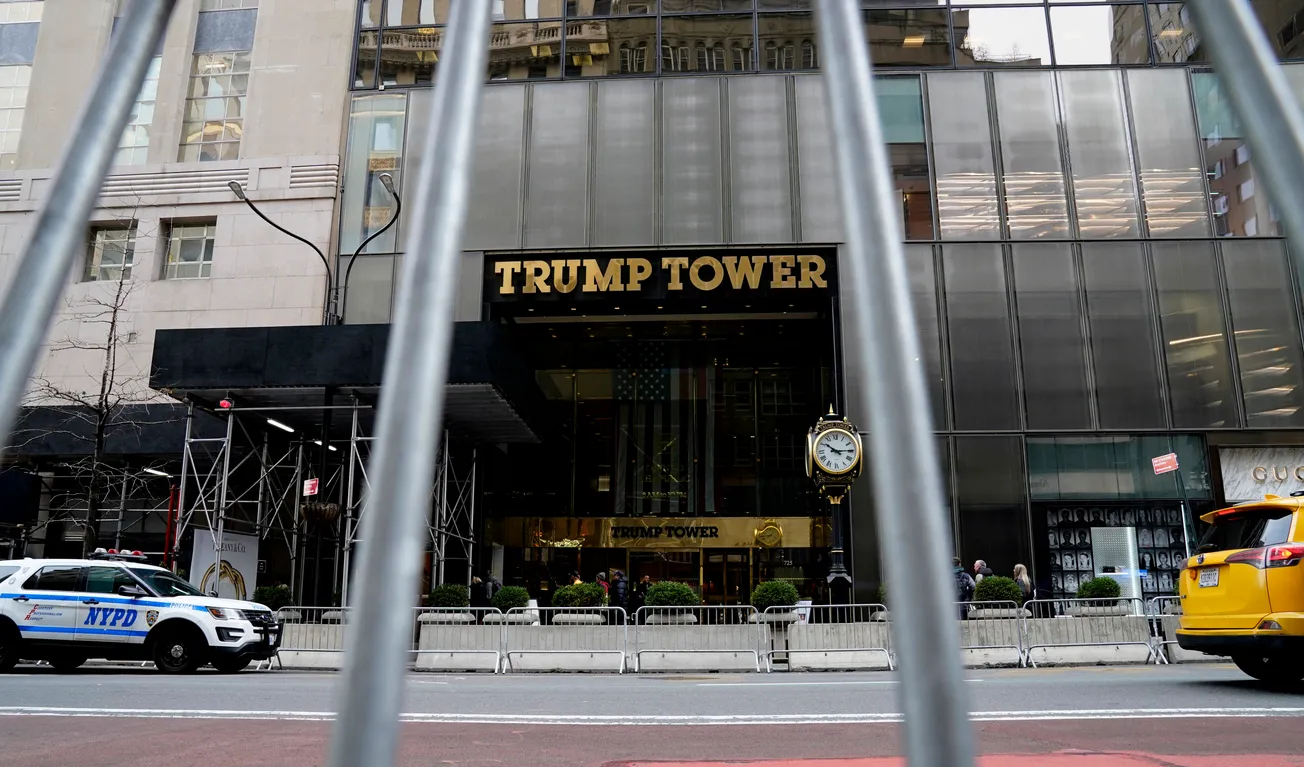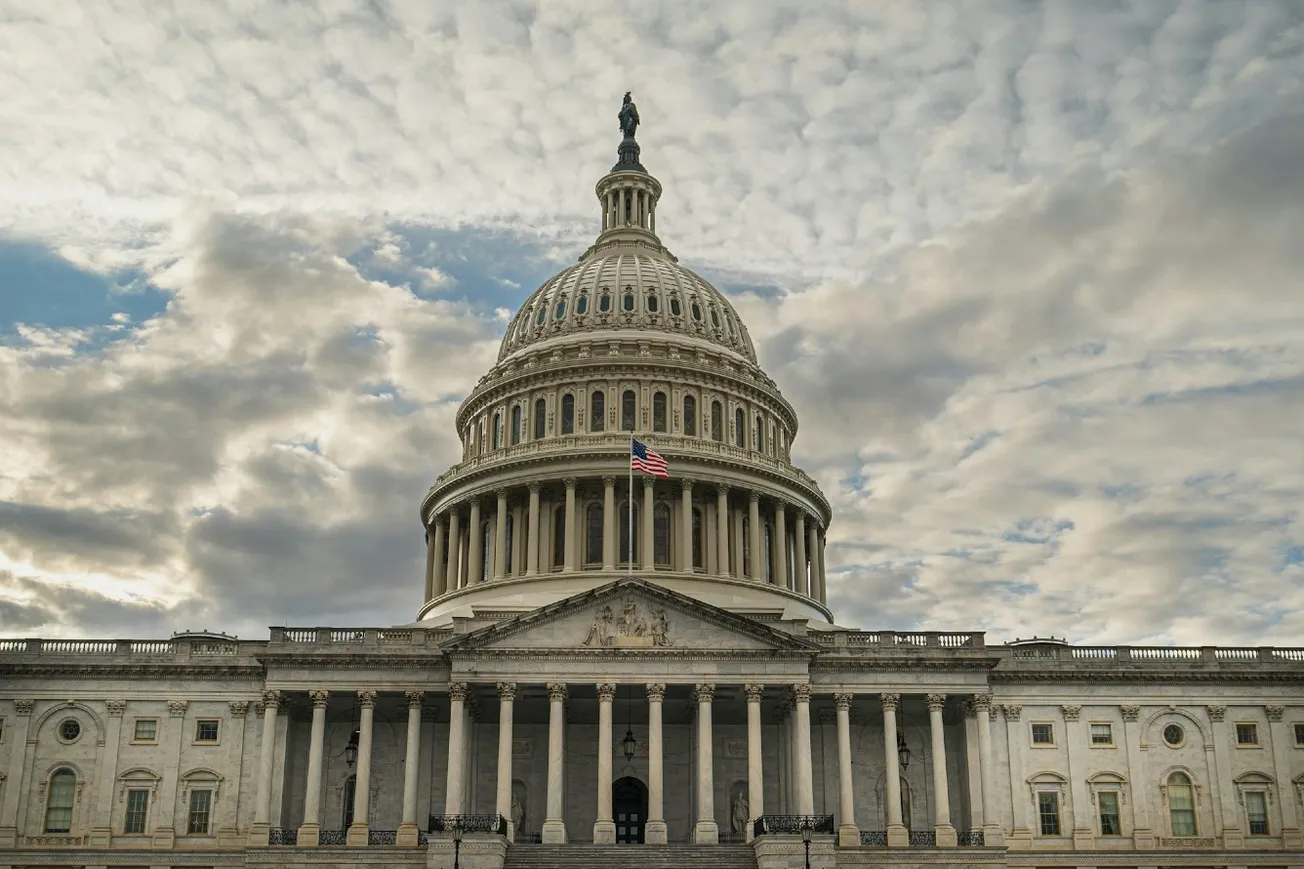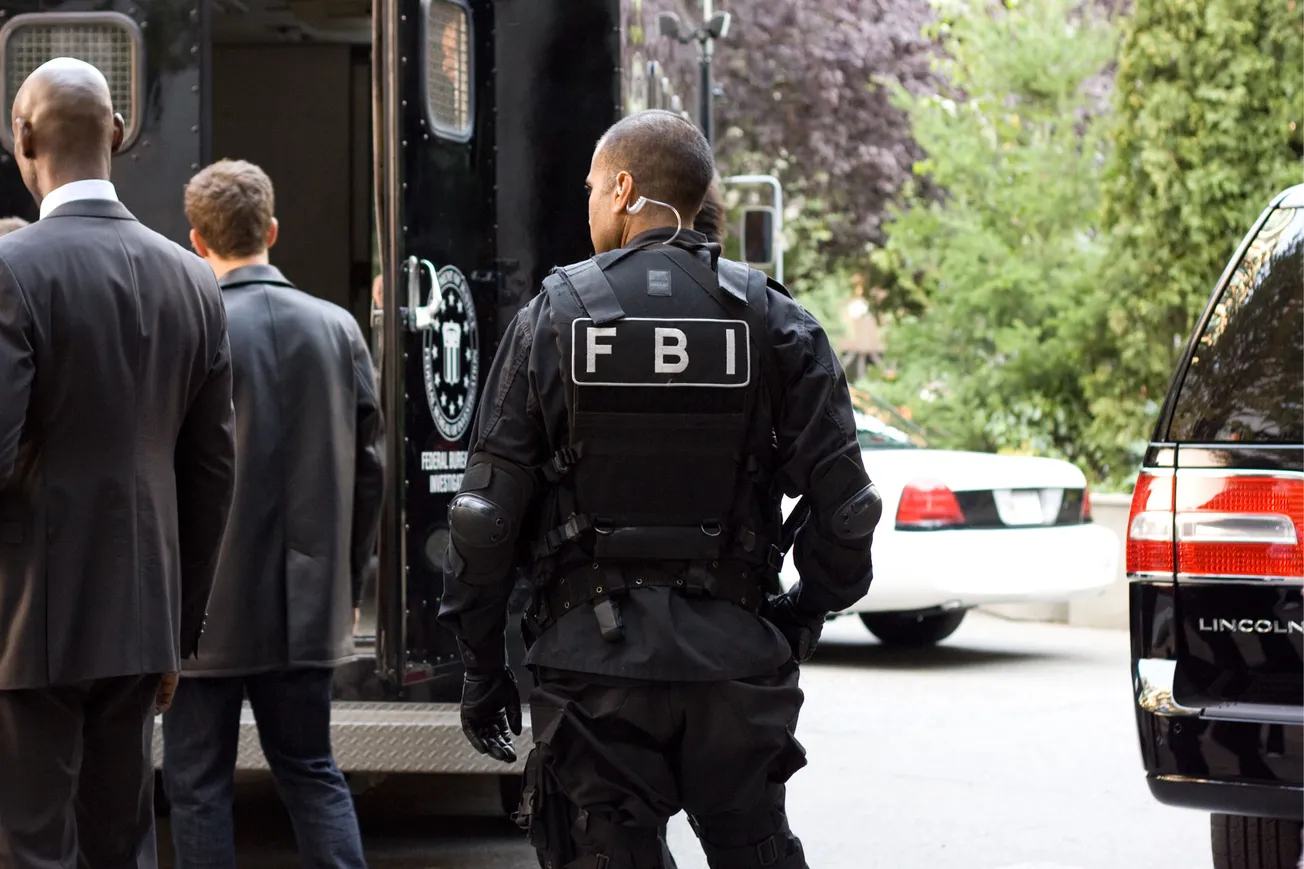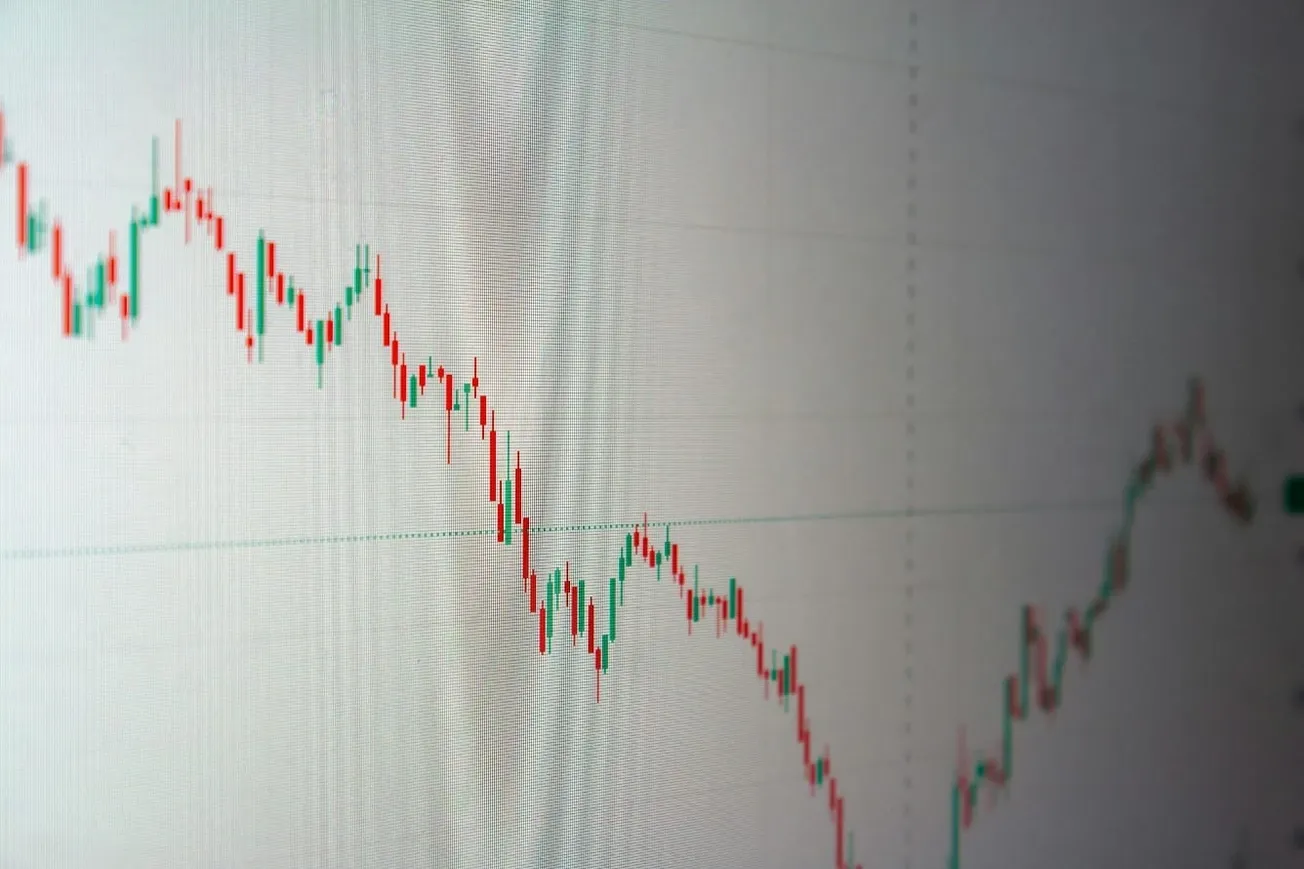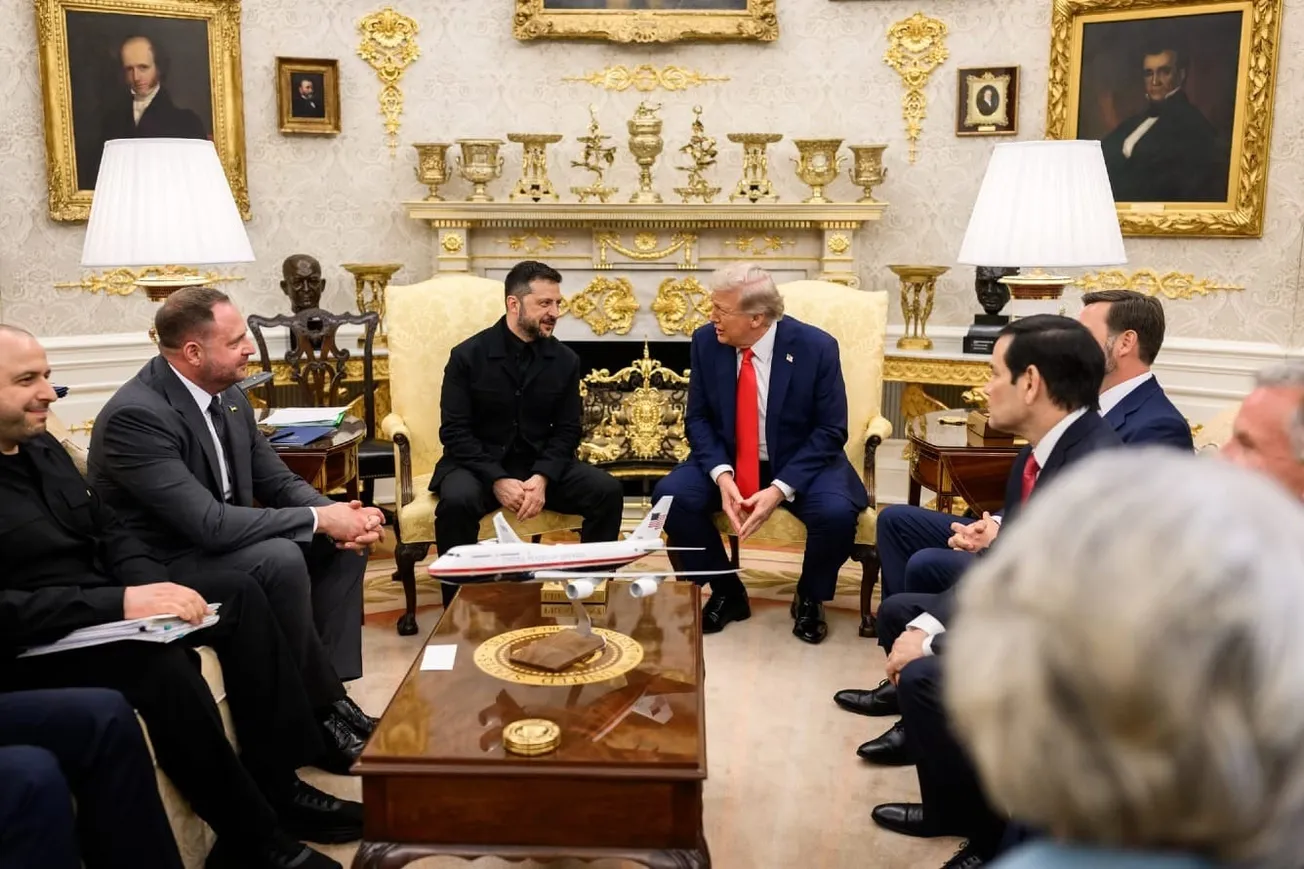By Ryan McMaken, Mises Wire | January 06, 2025
It’s been four years since the January 6 riots of 2021, and with each passing year it becomes more clear that the event was not an insurrection, and it certainly wasn’t a “coup” of any sort.
The legacy media and the Washington ruling elite—two groups united in their loathing for ordinary Americans—cling to the “insurrection” narrative because it allows them to play victim, and to portray the unorganized populist opposition as dangerous. Thus, we are to believe that an “insurrection” led by powerless working-class activists from the countryside posed a threat to the nuclear-armed machine that is the federal government.
The fruits of this narrative—from the elites’ perspective—are already evident. For four years, the FBI—which can’t be bothered with hunting down rapists and real criminals—has relentlessly pursued the “insurrectionists.” Virtually all of these “criminals,” which the FBI would have you believe are violent felons, have been convicted of petty crimes like trespassing. Others have been convicted of “crimes” that were perfectly legal throughout the first hundred years of American history, but became “crimes” as the federal government gradually destroyed the Bill of Rights after the Civil War. These newly invented “crimes” include unconstitutional thoughtcrimes like “seditious conspiracy.”
Among those convicted of actual violence, only a handful were convicted of possessing firearms on capitol grounds. Those convicted of actually using weapons against police were using weapons like crutches and bear spray. No one was convicted of any sort of violence that can seriously be compared to any type of real-life coup or insurrection.
The hysteria over this “coup” has also served to vastly increase the power of the tax parasites known as the Capitol Police. Since the January 6 riots, the Capitol’s top costumed police bureaucrat, Tom Manger, has attempted to turn the police force into a national spy agency of sorts. As Politico reports:
Capitol Police Chief Tom Manger has sought to shift the agency’s identity as a traditional police force with a focus on Capitol Hill to a “protective force” built on intelligence gathering, threat assessment and flexing its nationwide authority and jurisdiction. It now has an intelligence bureau with dozens of agents, as well as field offices in Florida and California, with more possible in Massachusetts, Wisconsin and Texas.
Already saddled with the FBI, the NSA, the BATF, and a half dozen other heavily armed federal spy and police agencies, America, it seems, now requires yet another agency to spy on Americans. The Capitol Cops have done their best to put forward plenty of theater designed to make themselves out to be the victims, even though the only homicide committed on January 6 was committed by trigger-happy Capitol cop Michael Byrd. Byrd shot protestor Ashli Babbitt who was “armed” only with a pocket knife—a knife that was in her pocket when Byrd shot her.
What Would a Real Coup Looks Like?
So fact that the January 6 riot was nothing that we might call a coup is made clear by the fact that the alleged insurrectionists had no plan to replace the existing regime with something else.
In the real world, a coup requires the existence of some group of elites in the wing waiting to replace the status quo elites. This clearly was not the case on January 6, 2021. Indeed, the rioters in the Capitol enjoyed no support from any group of elites at all. It was simply a disorganized riot.
Put another way, the January 6 riot was not an attempted coup because it simply wasn’t the sort of event that historians and political scientists—the people who actually study coups—generally define as a coup. Comparing the events of January 6 to those of, say, the 1973 Chilean coup, or the attempted Japanese coup of 1937 shows just how far from a coup the January 6 riot was.
So how do we know a coup when we see one?
In their article “Global Instances of Coups from 1950 to 2010: A New Dataset,” authors Jonathan M. Powell and Clayton L. Thyne provide a definition:
A coup attempt includes illegal and overt attempts by the military or other elites within the state apparatus to unseat the sitting executive.
There are two key components of this definition. The first is that it is illegal. Powell and Thyne note that this “illegal” qualifier is important to include “because it differentiates coups from political pressure, which is common whenever people have freedom to organize.”
In other words, protests, or threats of protest don’t count as coups. Neither do legal efforts such as a vote of no confidence or an impeachment.
But an even more critical aspect of Powell and Thyne’s definition is that it requires the involvement of elites.
This can be seen in any stereotypical example of a coup d’etat. This generally involves a renegade military detachment, military officers, and others from within the state apparatus who can employ knowledge, skills, influence, and coercive tools gained through membership in the regime’s elite circles.
The attempted coup in Japan in 1937, for example, was carried out by more than fifteen hundred officers and men of the Japanese imperial army. They nonetheless failed, likely because they miscalculated the amount of support they enjoyed among other officers. More recently, in the 2009 Honduran coup, the bulk of the Honduran army turned on the president, Manuel Zelaya, and sent him into exile. That was a successful coup. More famously, Chile’s 1973 coup was successfully led by Augusto Pinochet, the commander-in-chief of the army, and his position enabled him to shell the Chilean executive palace with military hardware.
Contrast this with nameless MAGA hat–wearing flag wavers, and the inappropriateness of the term “coup” in this case should be blatantly obvious. With real coups, power is seized by a faction of the elite which has the ability to take control of the machinery of the state indefinitely. Although some of Trump’s critics claim he was somehow responsible for Wednesday’s mob, it is clear that Trump was not coordinating or directing any sort of military operation through Twitter posts. There was no plan for holding power. Had those who invaded the Capitol building managed to take control of the building for a time, there’s no reason to think this would have somehow translated into control of the state. How would it? The real coercive power remained well ensconced within an apparently undivided military apparatus.
Must the military be at the center of any coup attempt? The answer is no. But, even in these other cases, it is clear that what happened on January 6 was no coup. For example, Powell and Thyne emphasize that military involvement at early stages is not necessary:
[Other definitions] more broadly allow non-military elites, civilian groups, and even mercenaries to be included as coup perpetrators. This broad definition includes four sources, including [a definition stating that coup] perpetrators need only be “organized factions”. We take a middle ground. Coups may be undertaken by any elite who is part of the state apparatus. These can include non-civilian members of the military and security services, or civilian members of government.
However, in the case of January 6, the rioters had no institutional backing, military or otherwise. The had no promises of help from elites, and no reason to assume they had access to any coercive tools necessary to seize and hold control of a state’s executive apparatus. Nor was Donald Trump even in a position to promise such things. As noted by Elaine Kamarck at the Brookings Institution:
We now know that Trump did not even have the support of his own family and friends nor his handpicked White House staff. To pursue his plans, he had to rely on a close group of advisors known as “the clown show” led by Rudi Giuliani, a pillow manufacturer, and a dot-com millionaire—none of whom was in government and none of whom controlled the most important “assets” (guns, tanks, planes etc.) needed to take over a government. In contrast to most successful coups in history, Trump had no faction of the military, no faction of the National Guard, and no faction of the District of Col[u]mbia Metropolitan Police at his disposal.
In other words, the rioters had no avenue to call upon any faction of the state or any group of elites for backing. Kamarck continues:
As we learned in some of the most recent hearings, it was Vice President Mike Pence who was in contact with the military and the police, and most importantly, the military and the police were taking orders from Pence not Trump, the commander in chief!
Given that Trump didn’t actually attempt to secure power for himself, we can guess Trump knew that no branch of the federal government was about to step in to illegally extend his tenure as president.
“Coup” Now Means “Thing I Don’t Like”
Since 2021, the media has decided to use terms like “coup” and insurrection selectively for political effect. This phenomenon was examined in a November 2019 article titled “Coup with Adjectives: Conceptual Stretching or Innovation in Comparative Research?,” by Leiv Marsteintredet and Andres Malamud. The authors note that as the incidence of real coups has declined, the word has become more commonly applied to political events that are not coups. But, as the authors note, this is not merely an issue of splitting hairs, explaining that “the choice of how to conceptualize a coup is not to be taken lightly since it carries normative, analytical, and political implications.”
Increasingly, the term really means “this is a thing I don’t like.” It’s clear the January 6 panel in Congress, and countless anti-Trump pundits, use the term in this way to express disapproval and also to justify regime crackdowns against pro-Trump opponents of the regime. It’s easier to justify harsh prison sentences for a disorganized group of vandals if their acts can be framed as a nearly successful coup and therefore a threat to “our democracy.” Moreover, if the situation were reversed, and if protestors had invaded the Capitol to support a left-wing, proregime candidate, we can be sure that the vocabulary used to describe the event in the mainstream press would be quite different.
Ryan McMaken is executive editor at the Mises Institute, a former economist for the State of Colorado, and the author of two books: Breaking Away: The Case of Secession, Radical Decentralization, and Smaller Polities and Commie Cowboys: The Bourgeoisie and the Nation-State in the Western Genre.
Original article link

